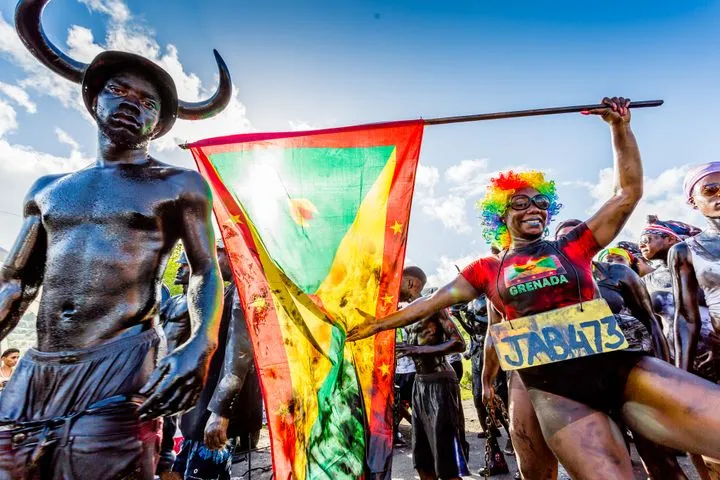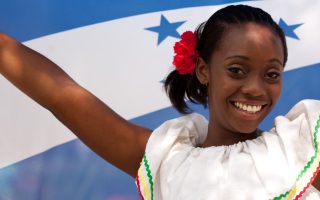kilkennybookcentre.com – Grenada, the Spice Island of the Caribbean, is not only known for its aromatic nutmeg and picturesque landscapes but also for its rich cultural tapestry. This small island nation, located in the southeastern Caribbean, boasts a vibrant mosaic of traditions that reflect its diverse heritage. From the rhythmic beats of the drums to the colorful costumes of its festivals, Grenada’s cultural celebrations are a testament to the resilience and creativity of its people.
The Historical Roots of Grenada’s Culture
The cultural landscape of Grenada is a product of its historical influences, including indigenous peoples, European colonizers, and African slaves. These diverse backgrounds have intertwined over centuries, creating a unique cultural identity. The indigenous Caribs and Arawaks were the first inhabitants, leaving behind a legacy of place names and a deep connection to the land. The arrival of the French and British introduced European cultural elements, while the African diaspora brought with it the rhythms and traditions that are now integral to Grenadian life.
Music and Dance
Music is the heartbeat of Grenada’s cultural expression. The island’s music is a fusion of African, European, and indigenous influences, with genres such as calypso, soca, and reggae dominating the local sound. The Big Drum dance, a traditional African-influenced dance, is a powerful expression of Grenada’s cultural heritage. Performed during the annual Carriacou Maroon Festival, it tells the story of the island’s history through dance and music.
Festivals and Celebrations
Grenada’s calendar is marked by a series of vibrant festivals that celebrate its cultural heritage. The most famous of these is the Grenada Carnival, or Spicemas, which takes place in August. This carnival is a riot of color, music, and dance, with elaborate costumes and energetic street parades. Other significant cultural events include the Carriacou Maroon Festival, which commemorates the resistance of African slaves, and the National Nutmeg Pageant, highlighting the importance of Grenada’s spice industry.
Cuisine
Grenada’s cuisine is a delicious reflection of its cultural diversity. The national dish, oil down, is a stew-like concoction made with breadfruit, coconut milk, and an assortment of meats and vegetables. It’s a communal dish, symbolizing the island’s spirit of togetherness. Other culinary delights include callaloo, a leafy green vegetable stew, and roasted nutmeg, a unique snack that showcases Grenada’s spice bounty.
Crafts and Art
The art and crafts of Grenada are another window into its cultural soul. From intricate basket weaving and wood carving to the vibrant paintings that capture the island’s beauty, Grenadian artisans keep traditional techniques alive while infusing them with modern creativity. These crafts are not only a source of income but also a means of preserving cultural knowledge and skills.
Conclusion
Grenada’s cultural tapestry is a living, breathing entity, woven from the threads of its history, music, festivals, cuisine, and art. It is a celebration of traditions that have been passed down through generations, adapted, and shared with the world. As visitors and locals alike partake in the festivities and immerse themselves in the cultural expressions of the Spice Island, they are reminded of the power of culture to unite and inspire. Grenada’s cultural heritage is a treasure that continues to be celebrated and cherished by all who experience it.




